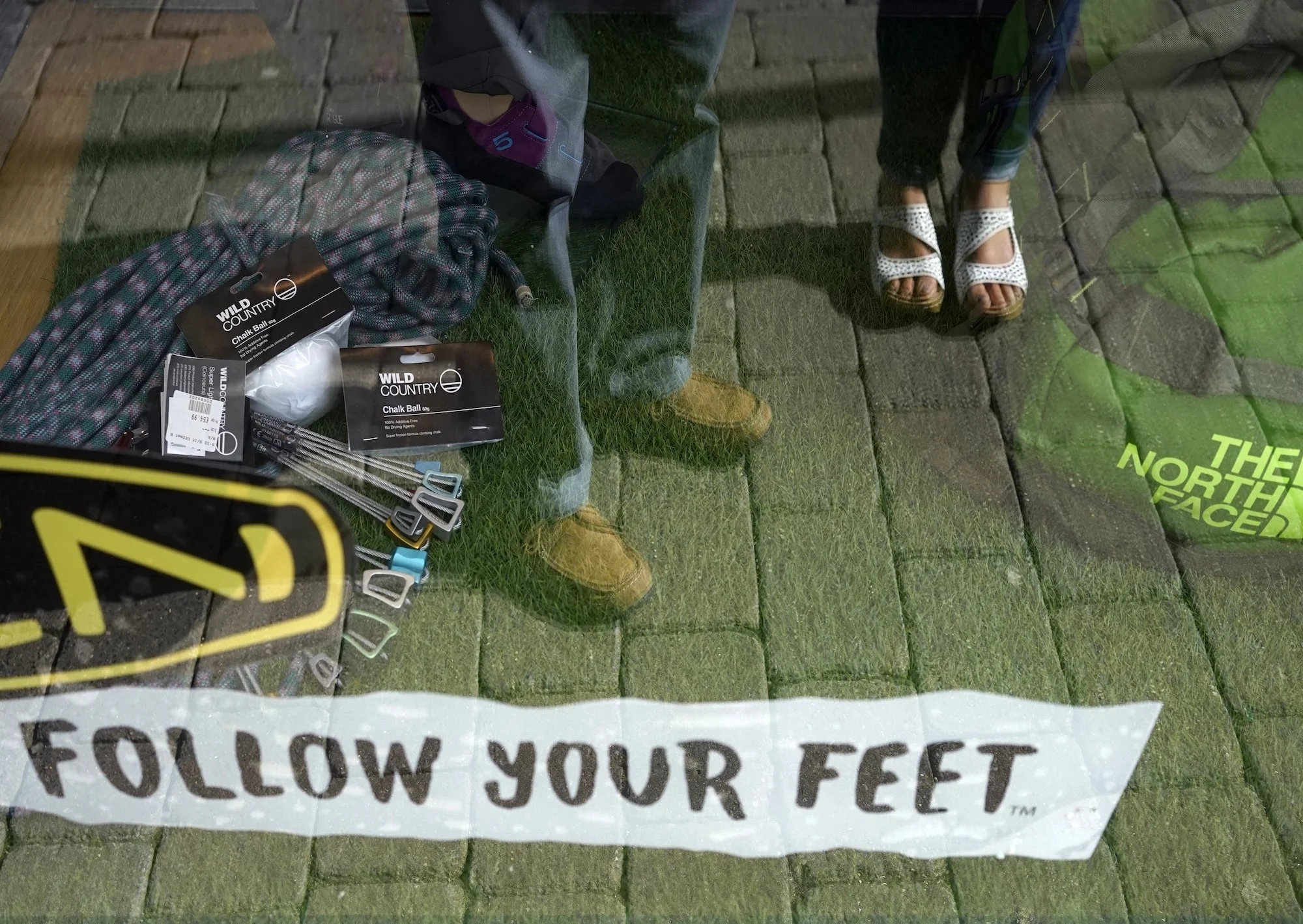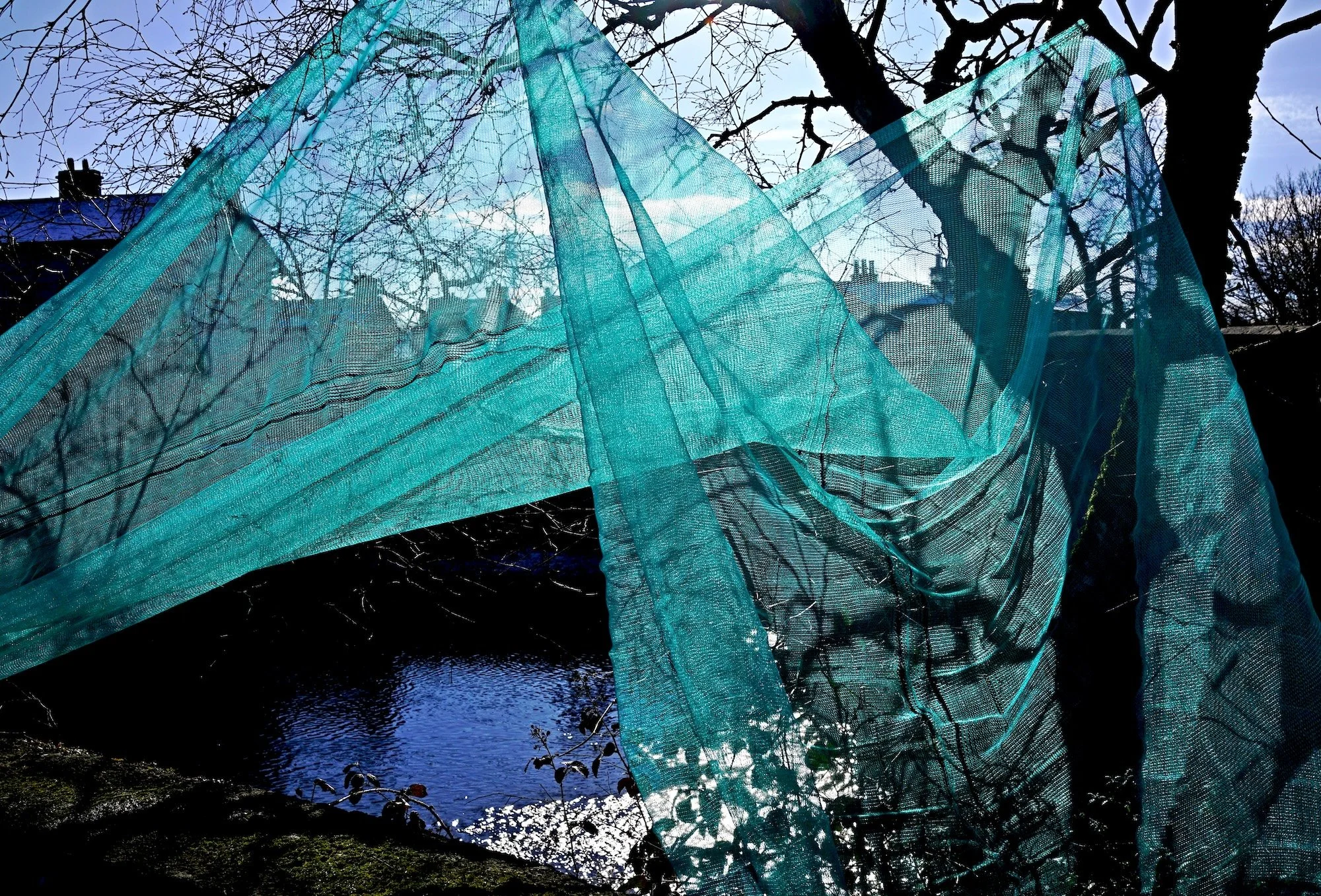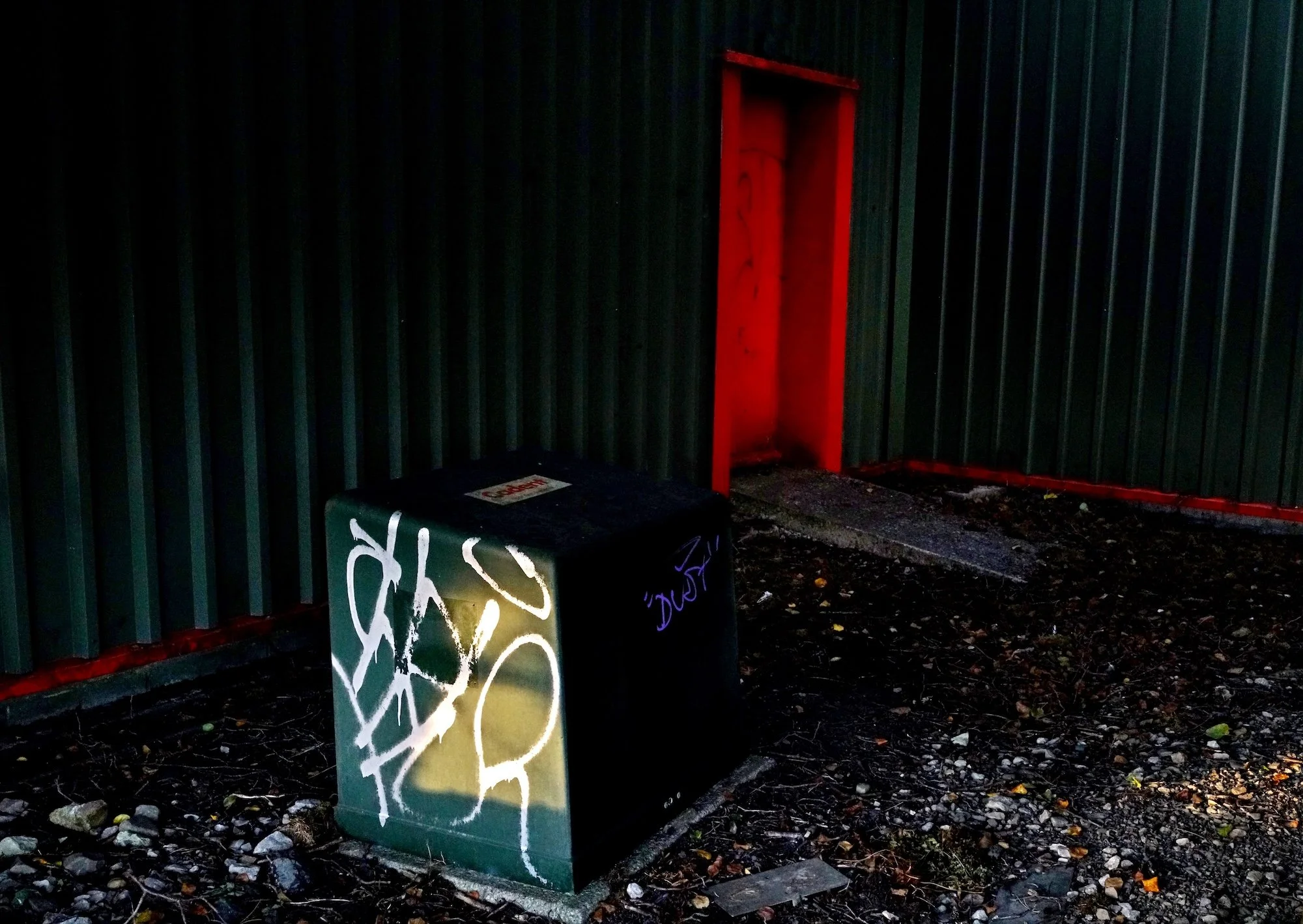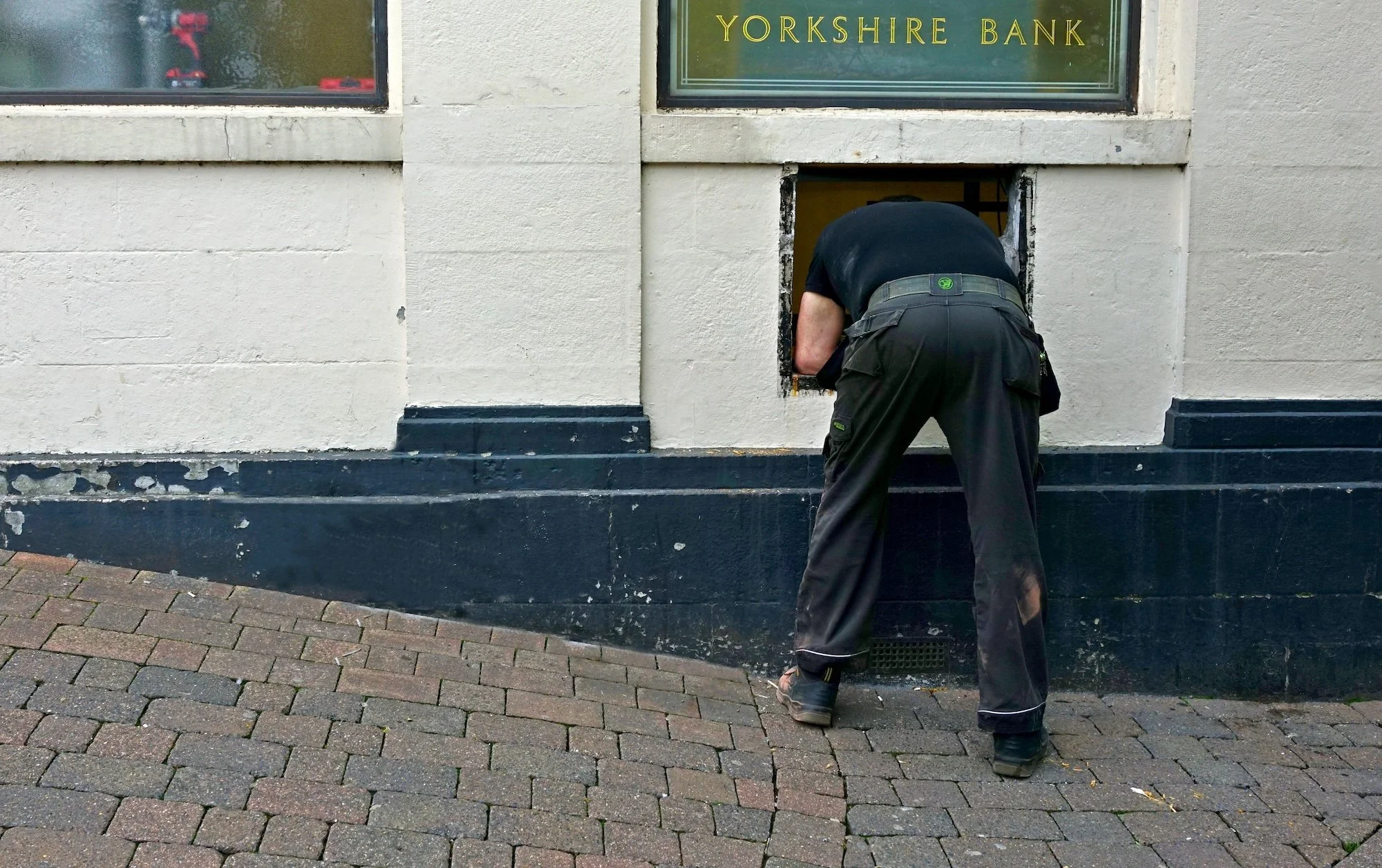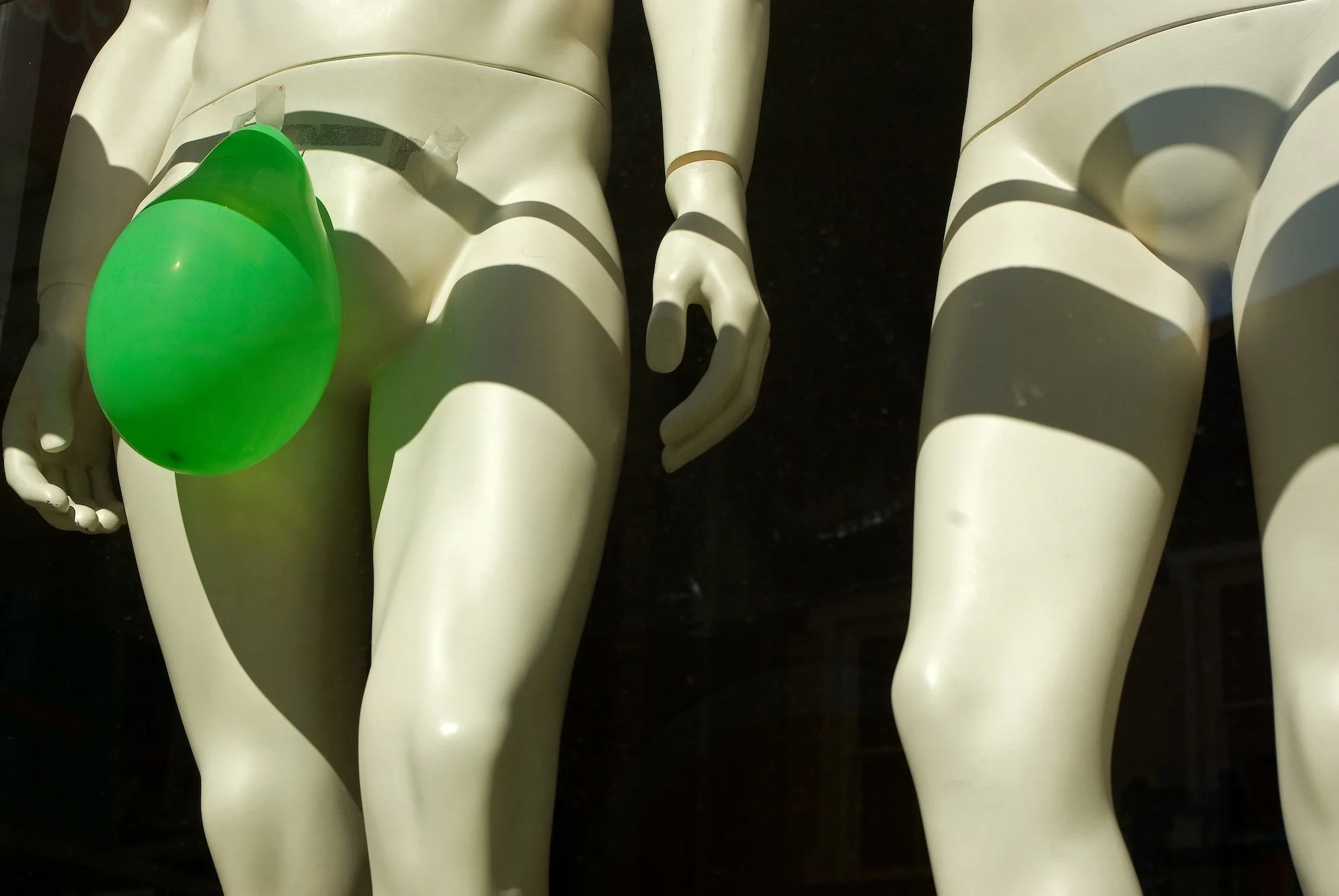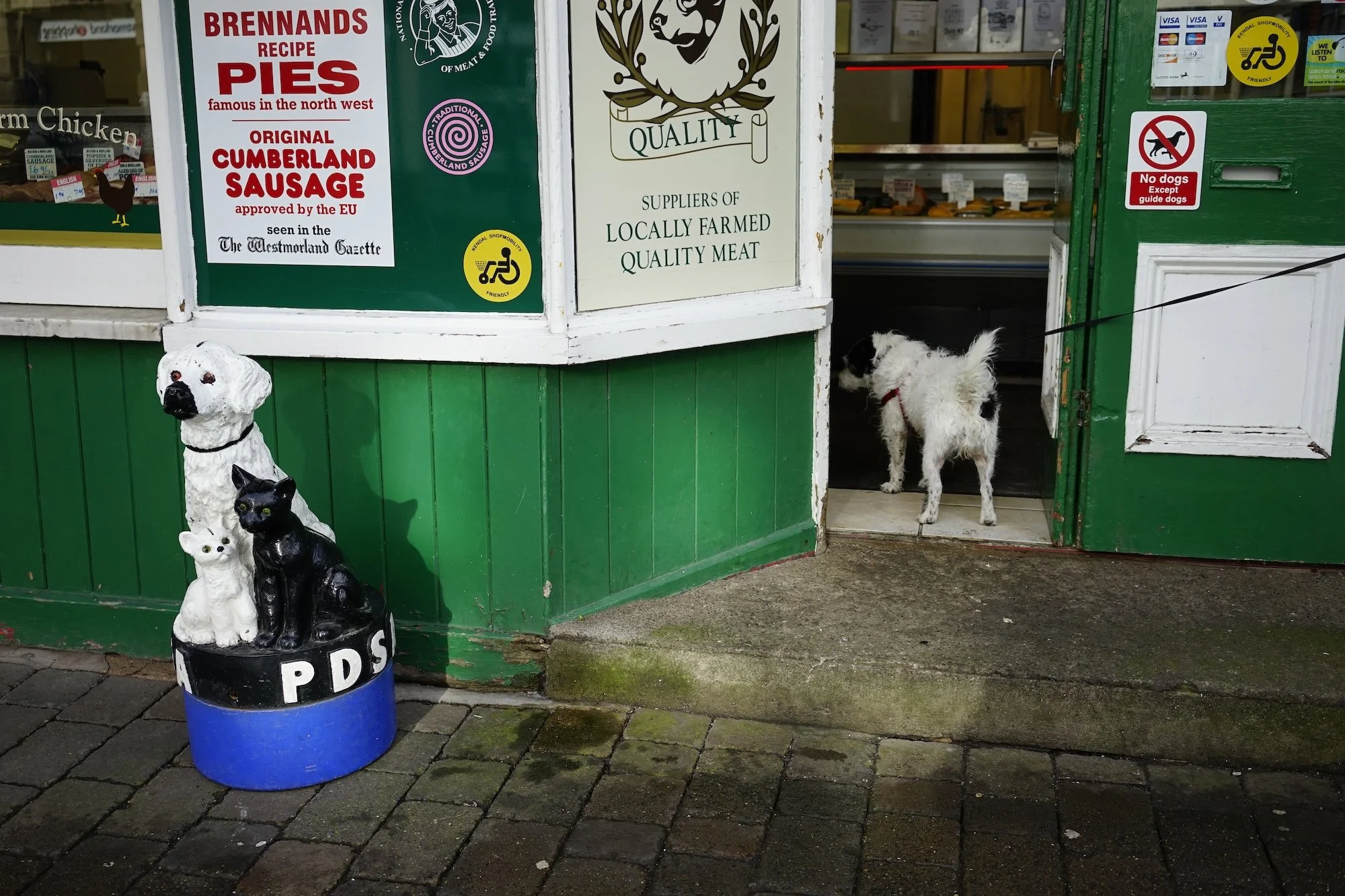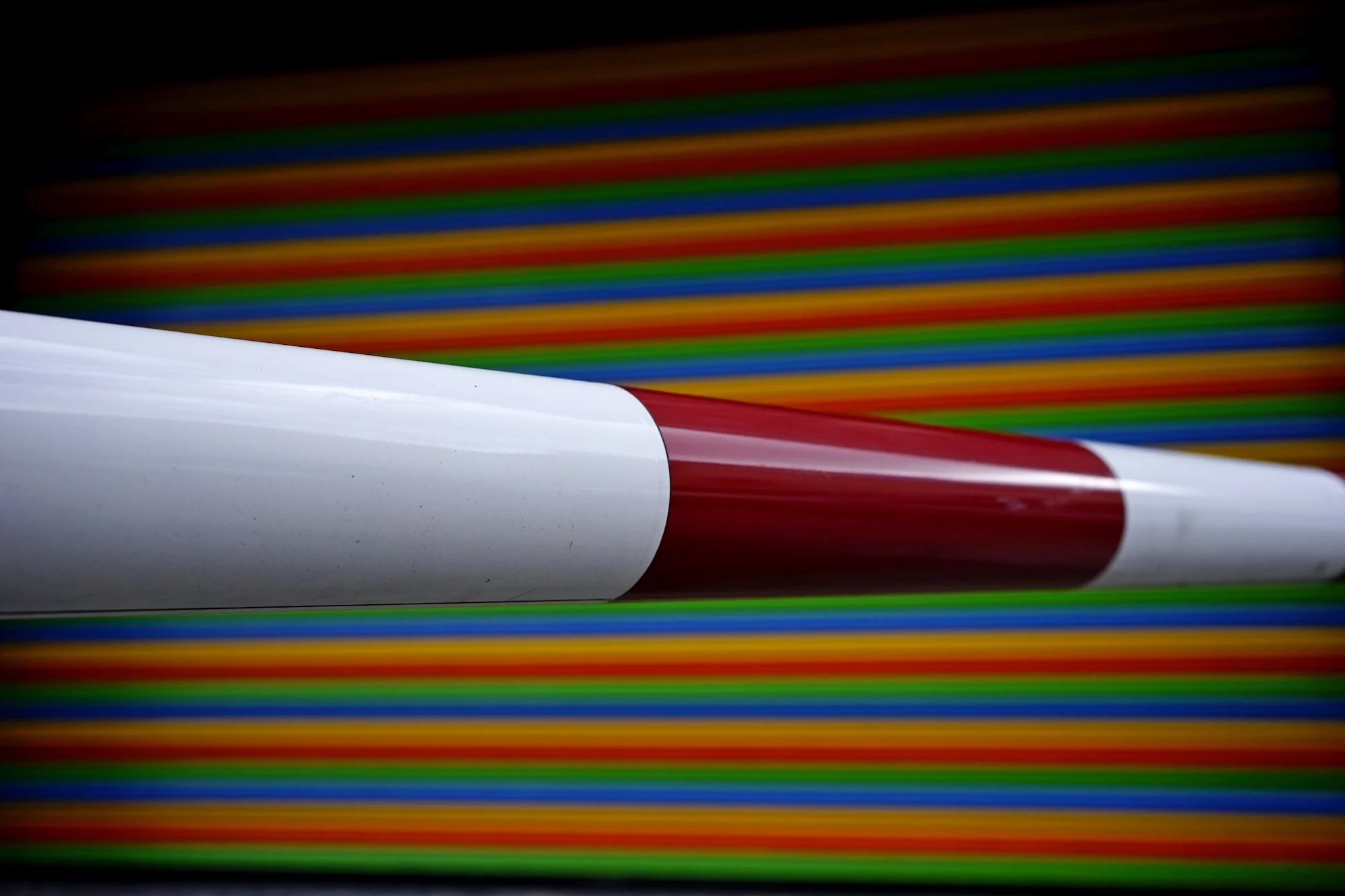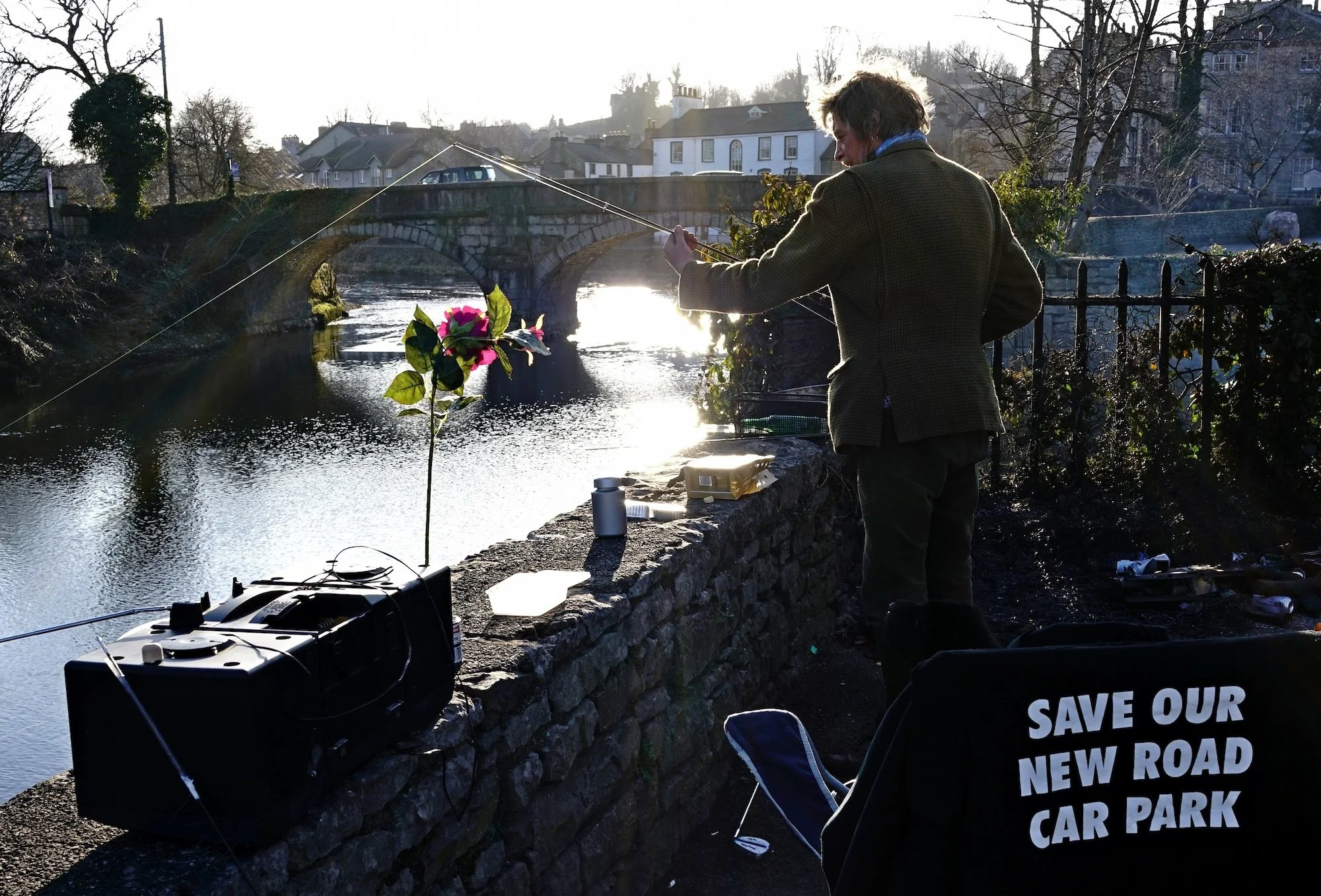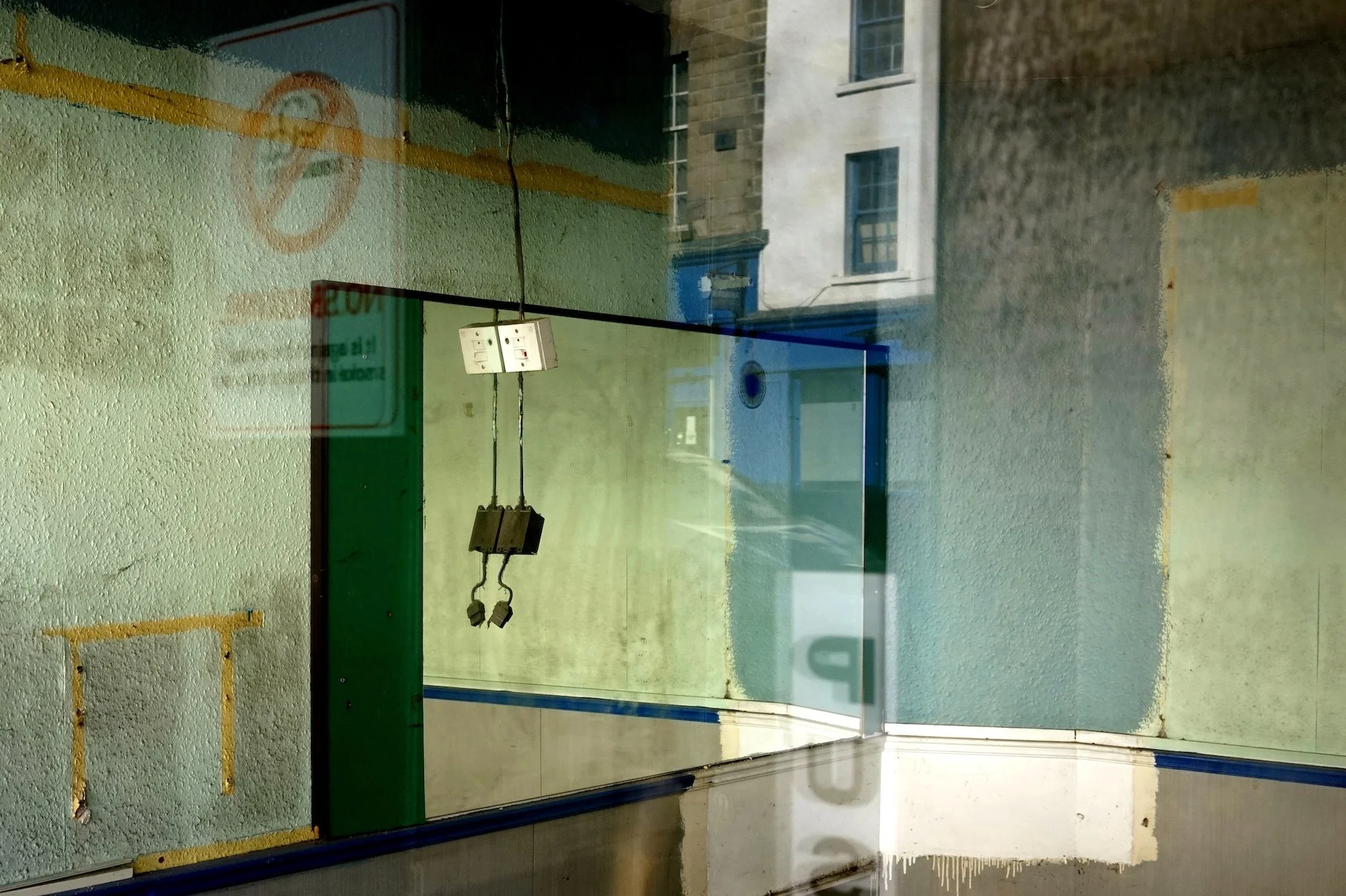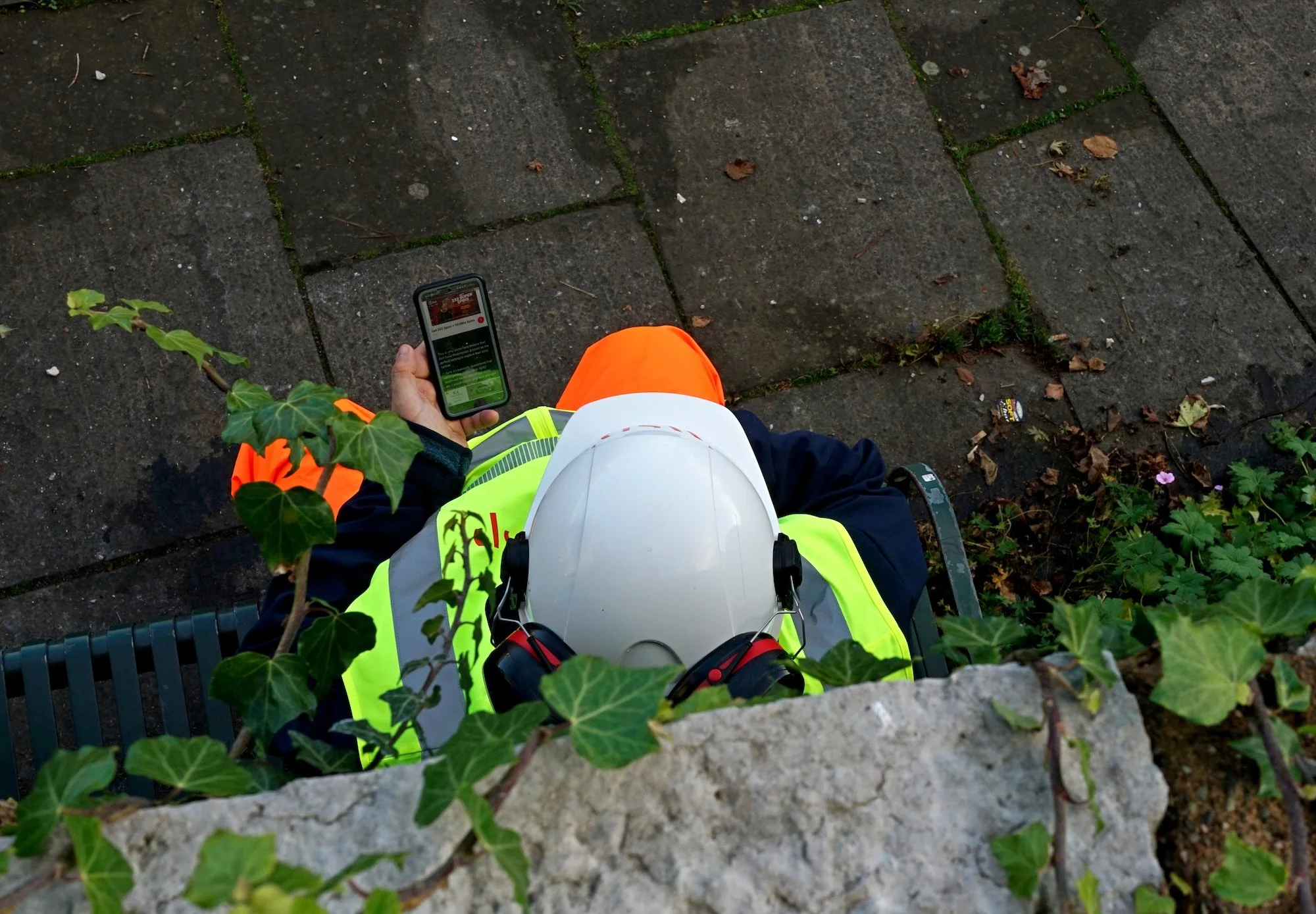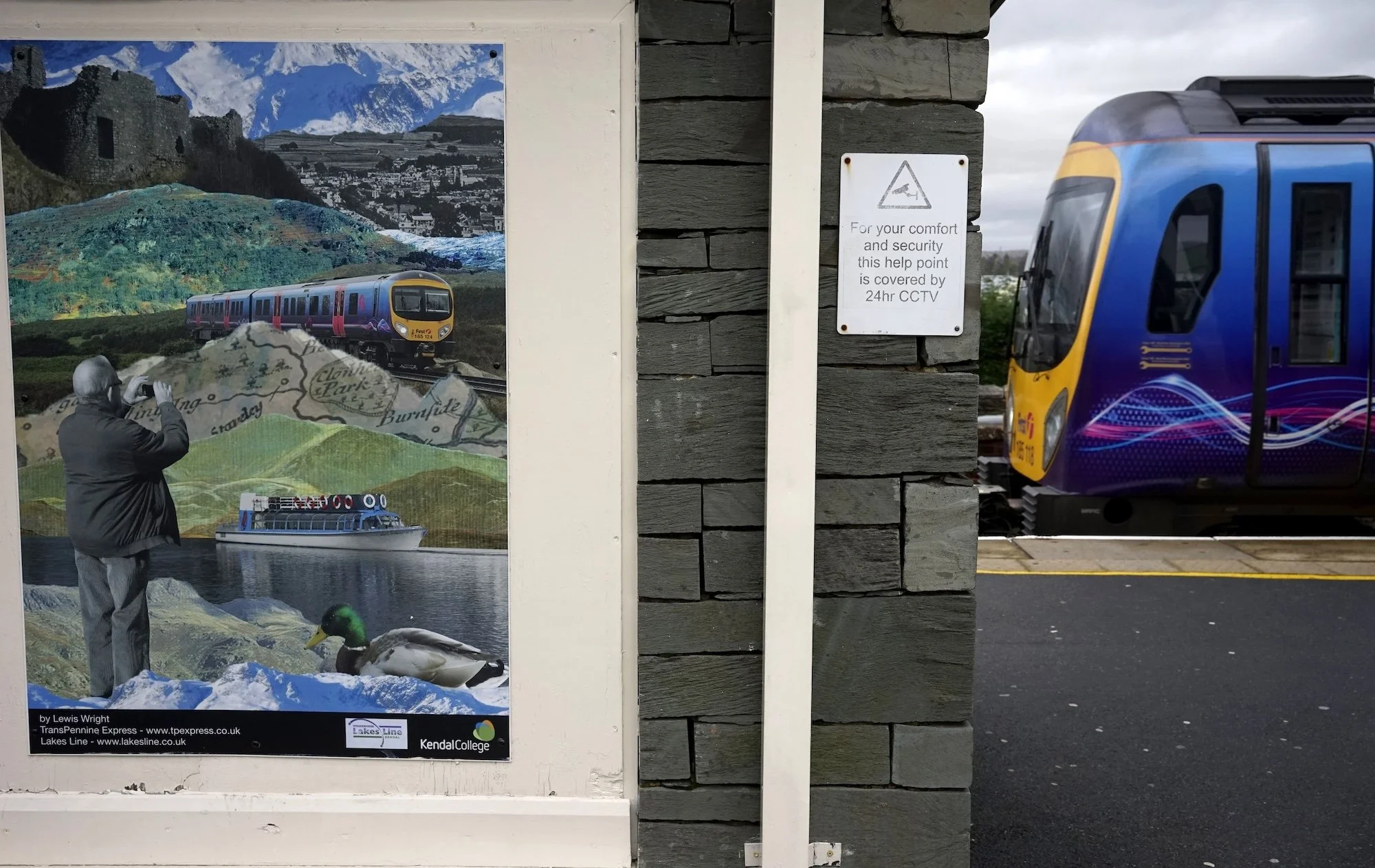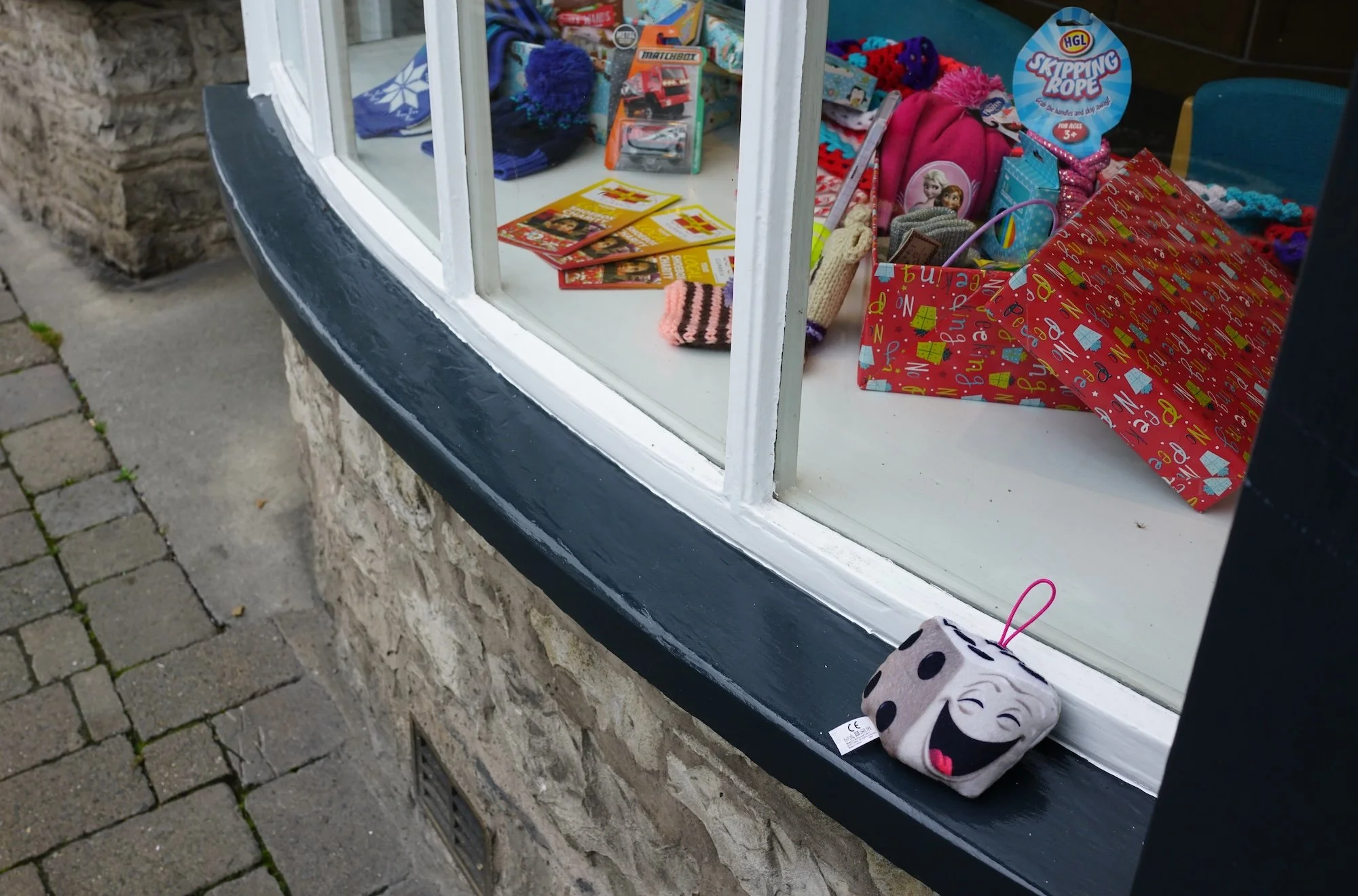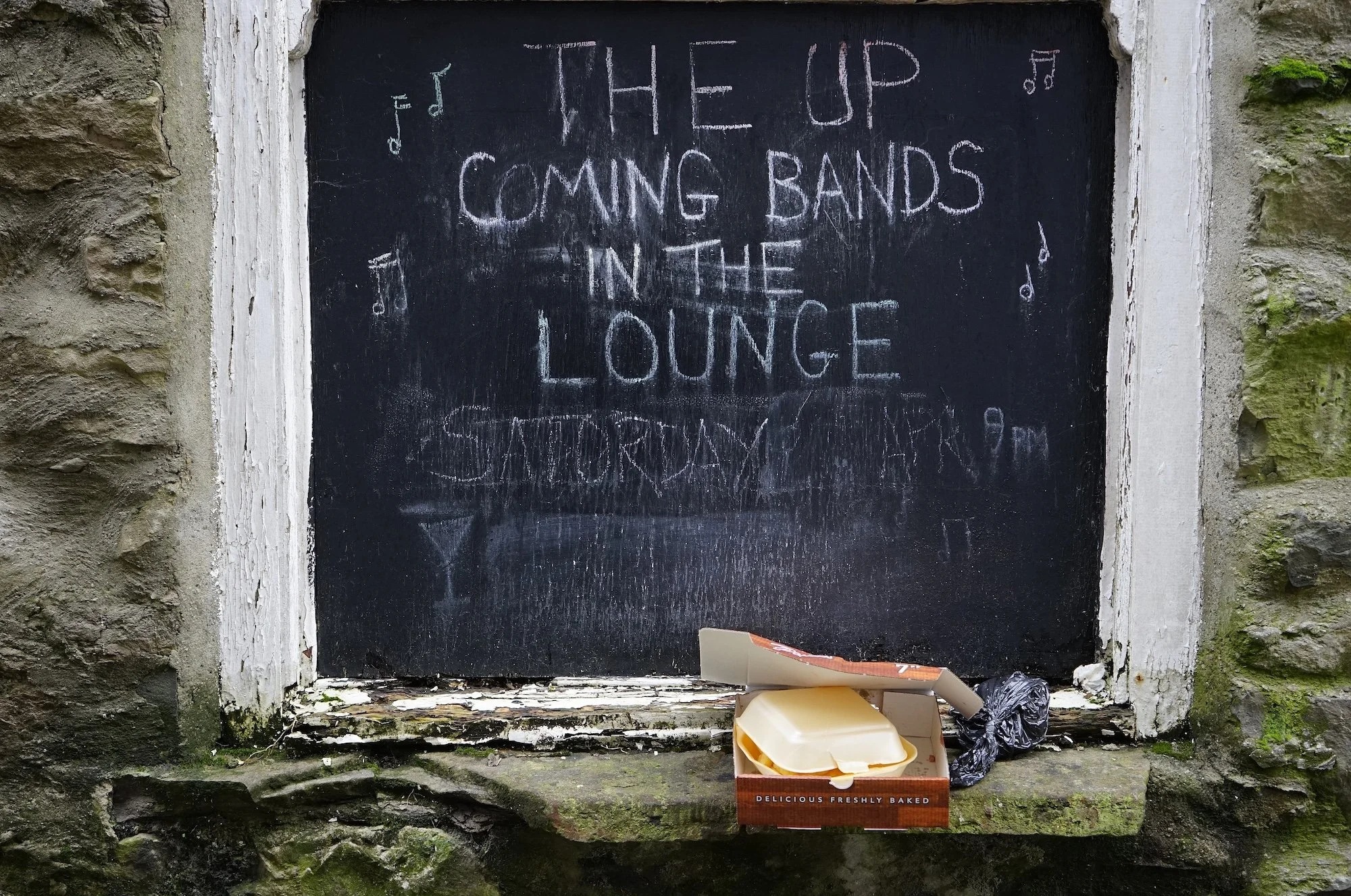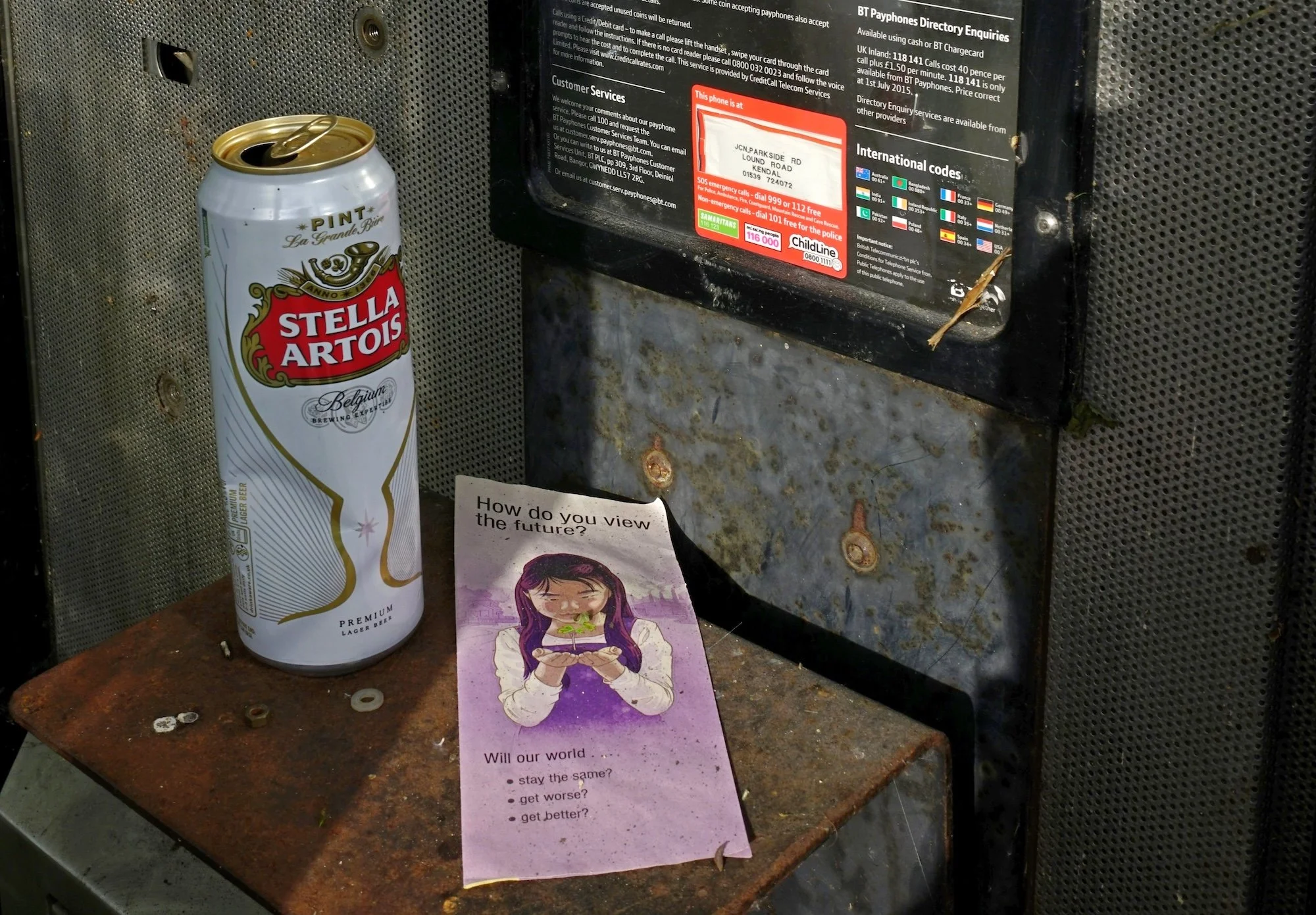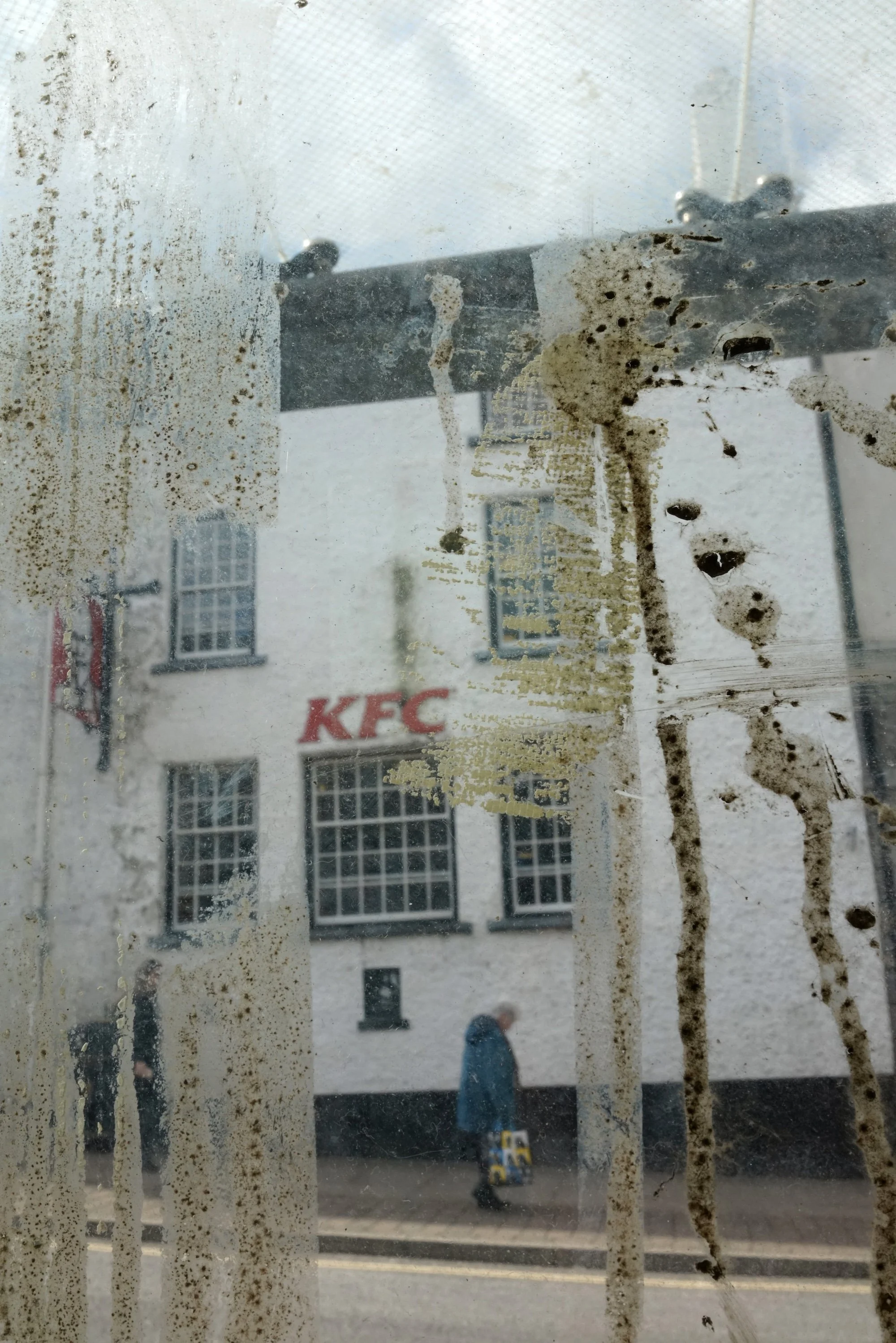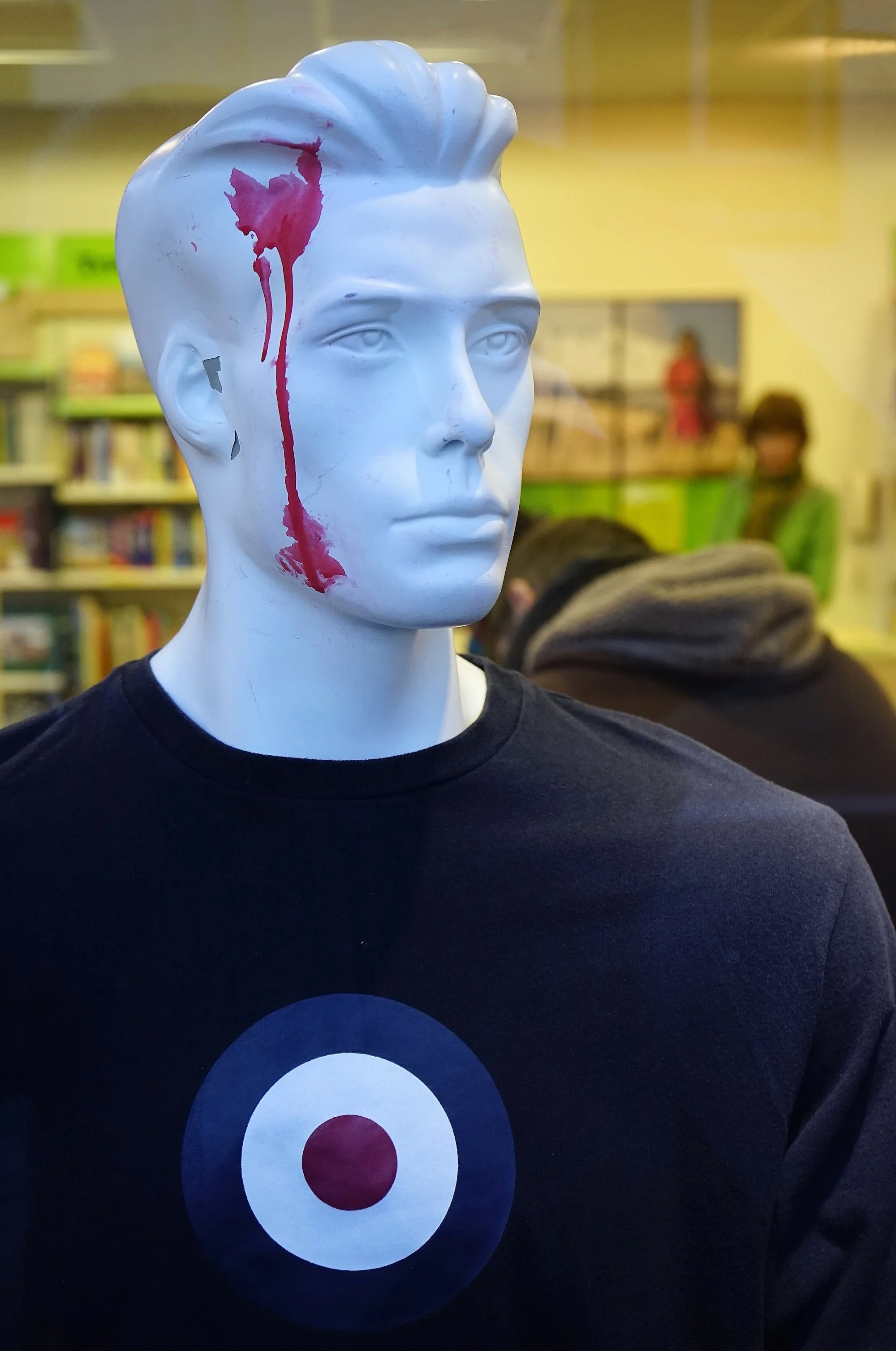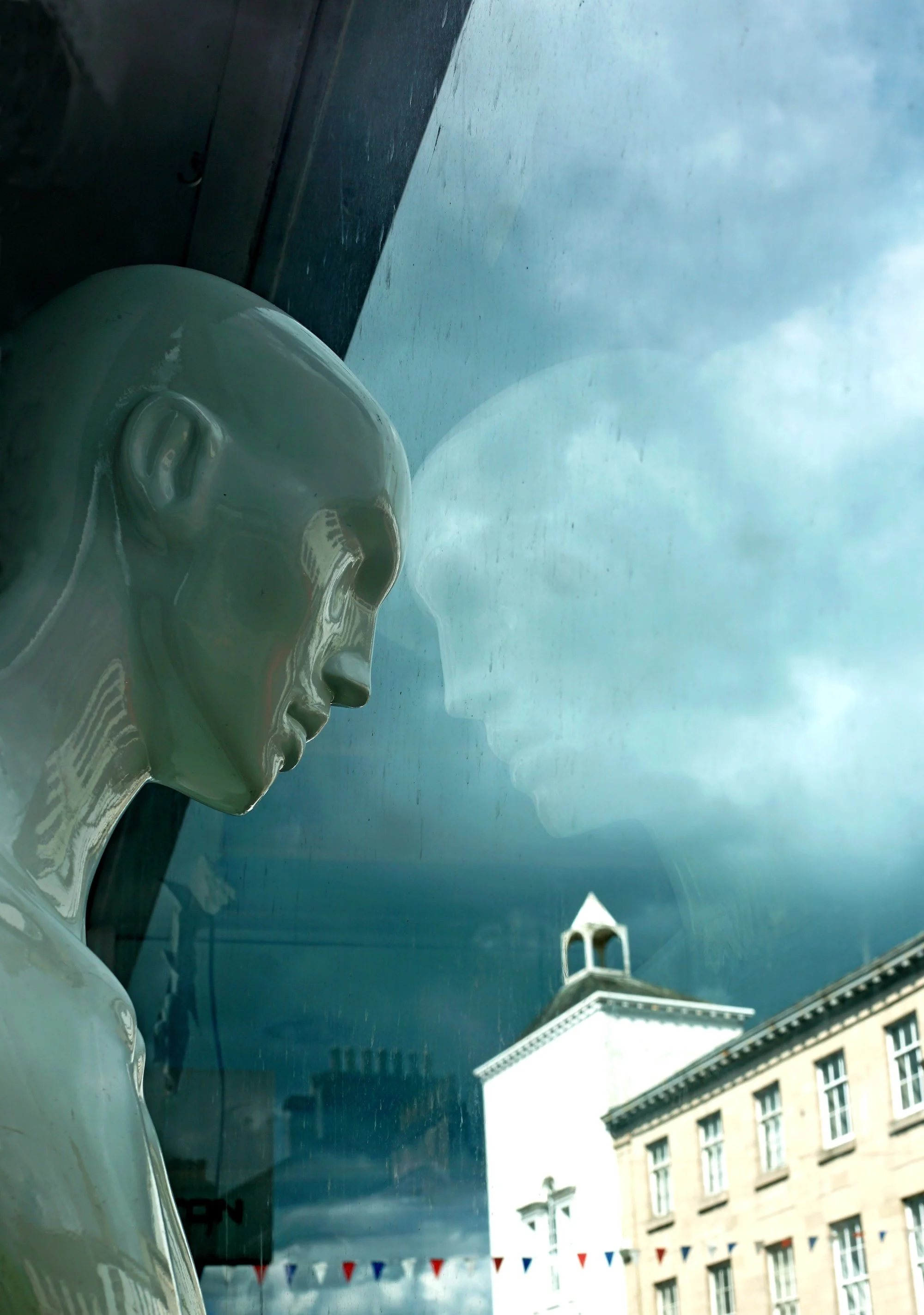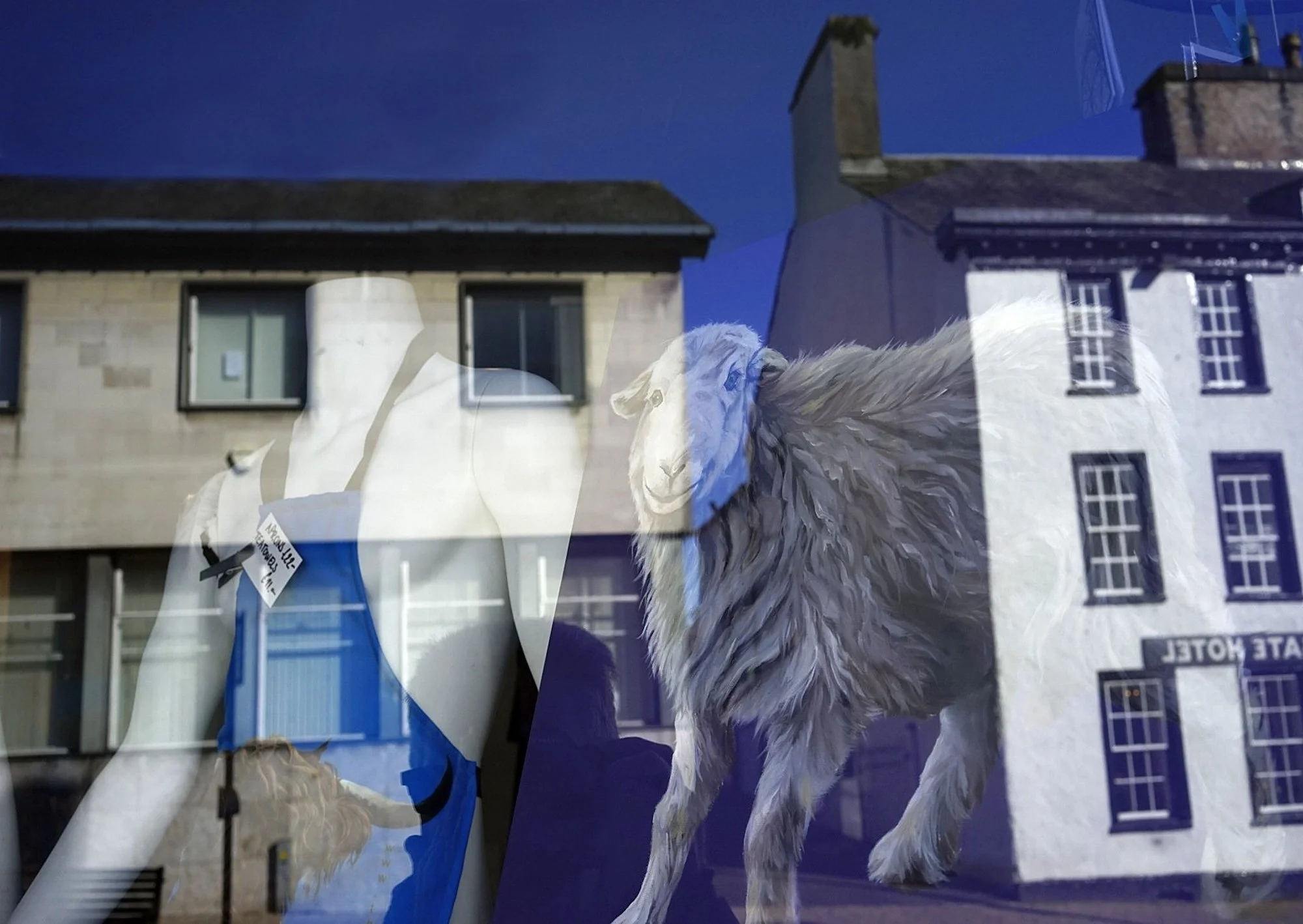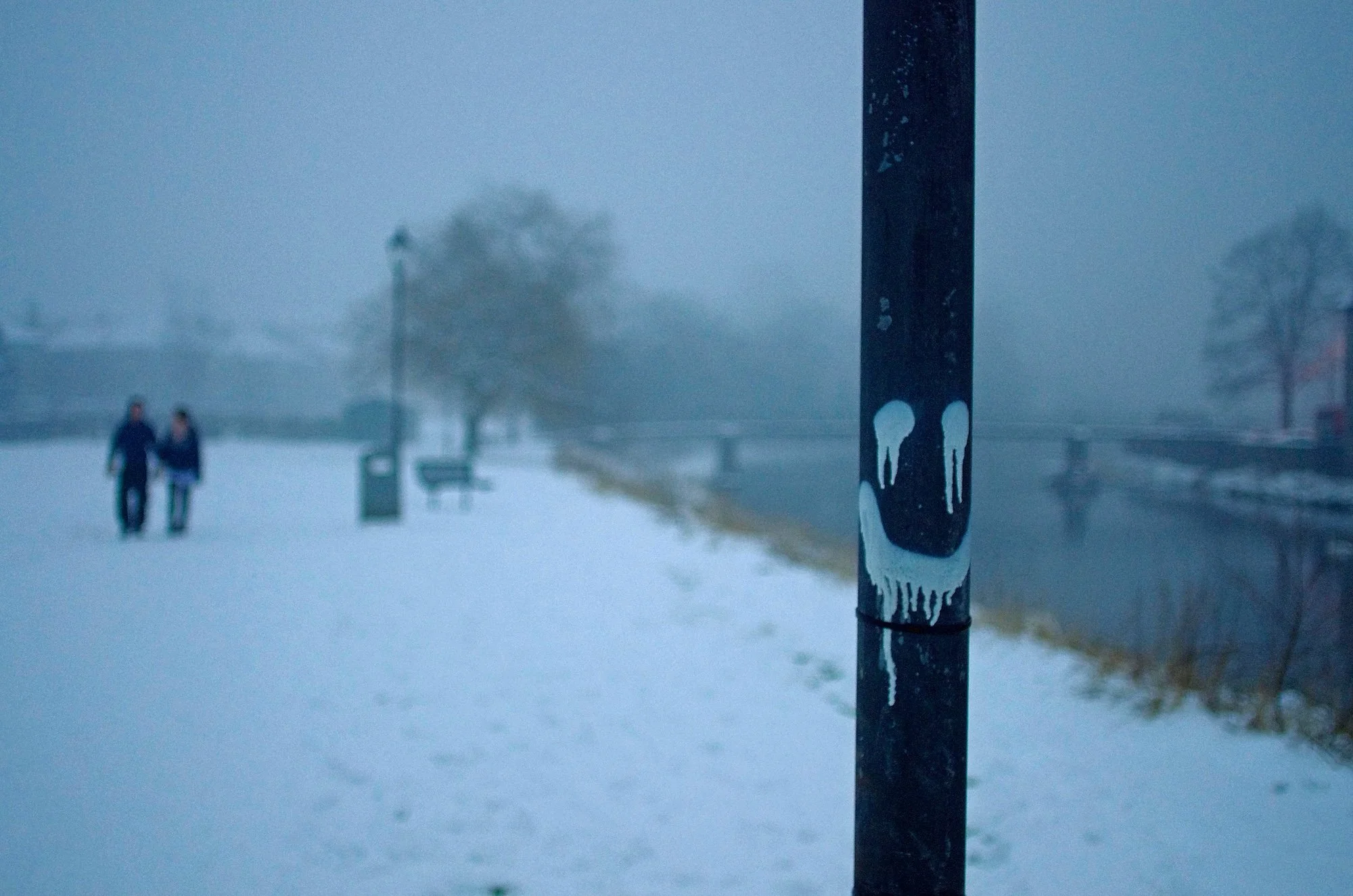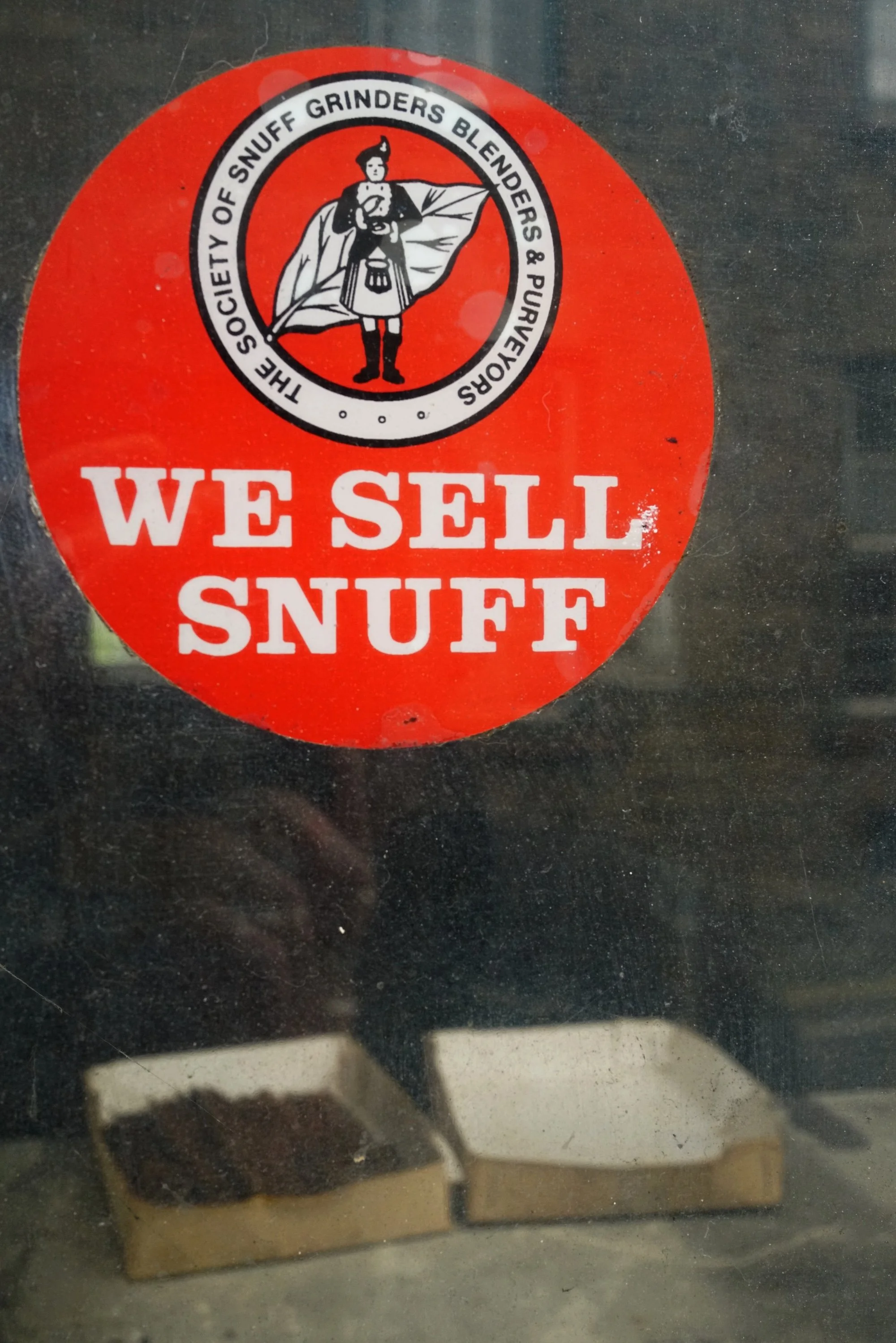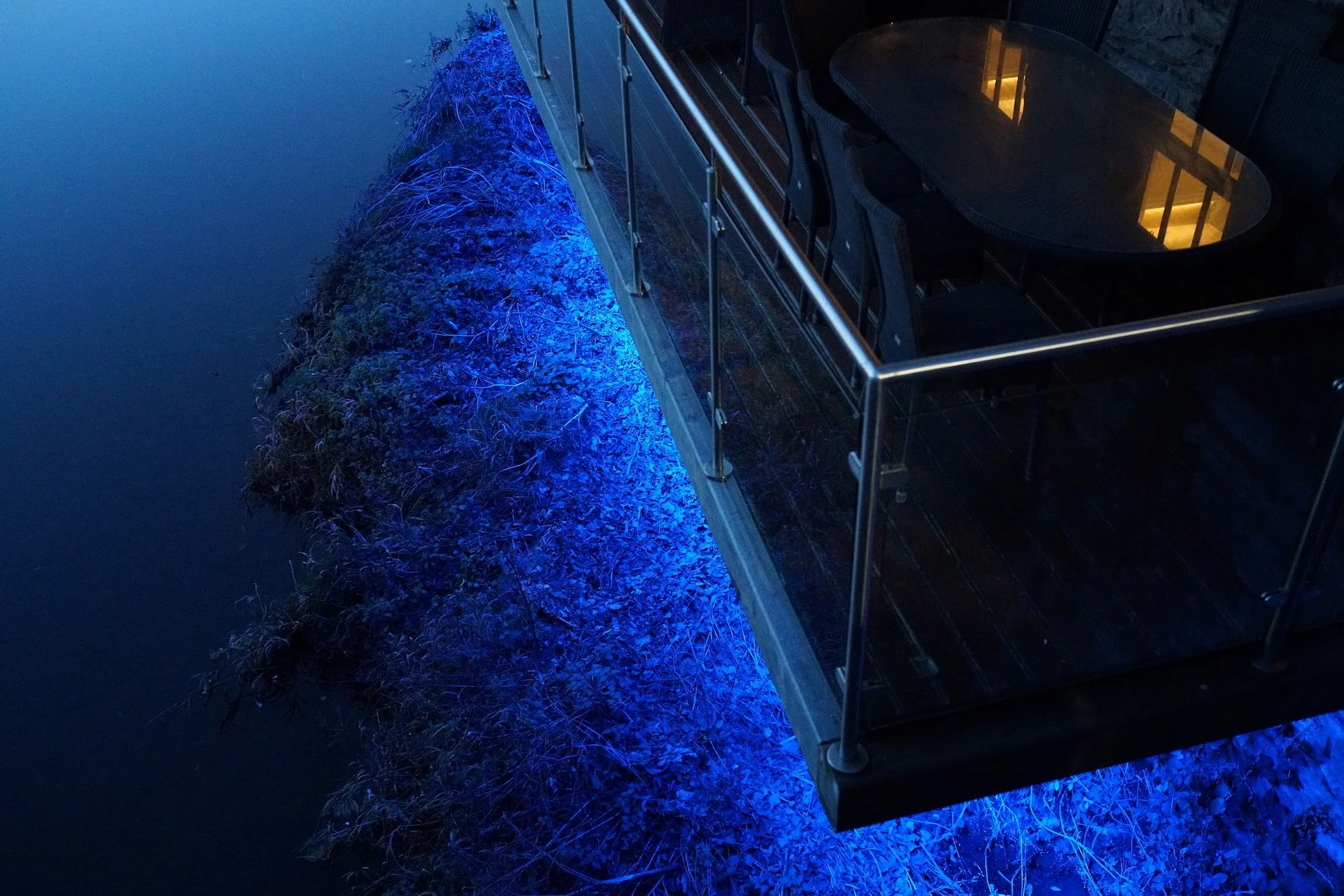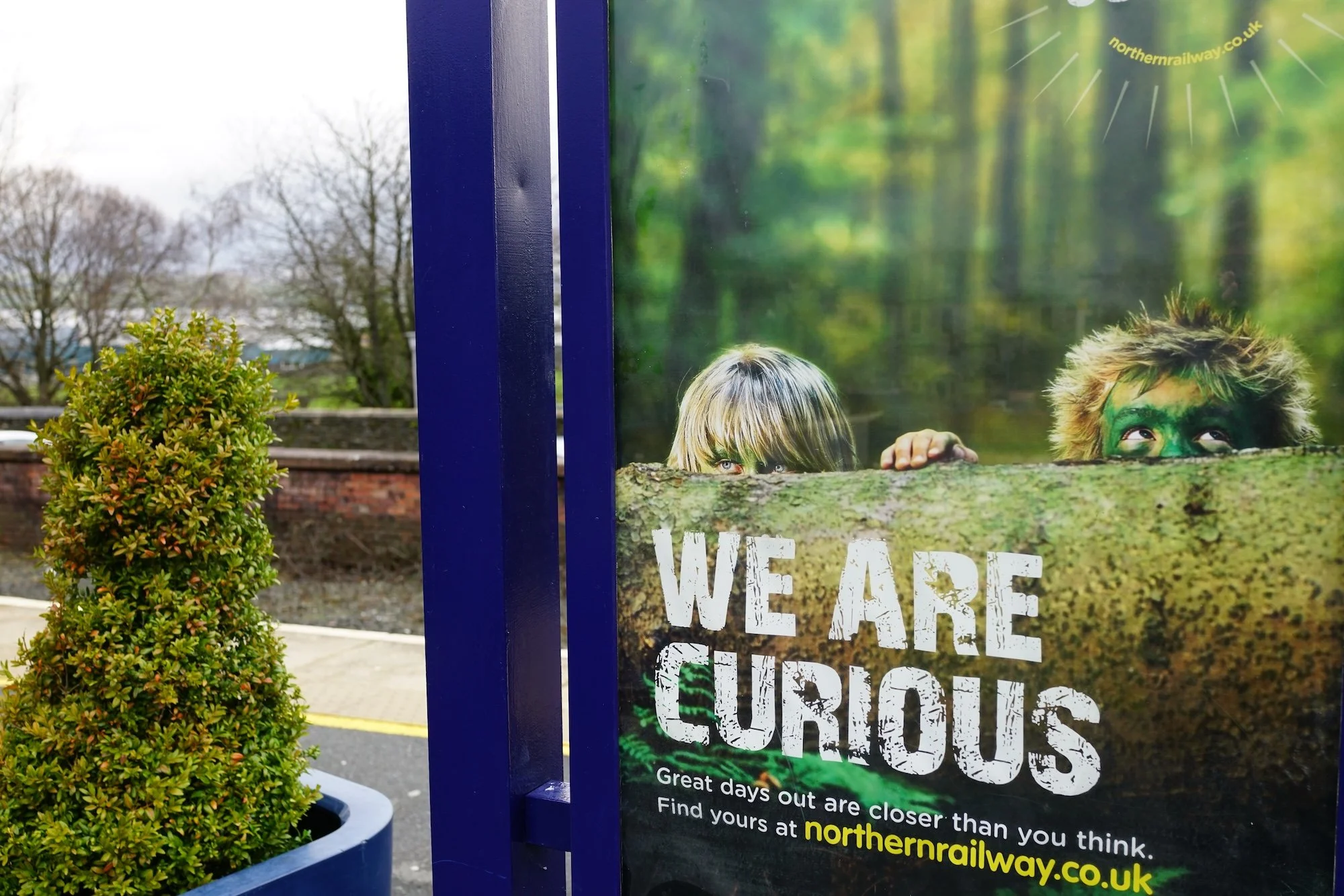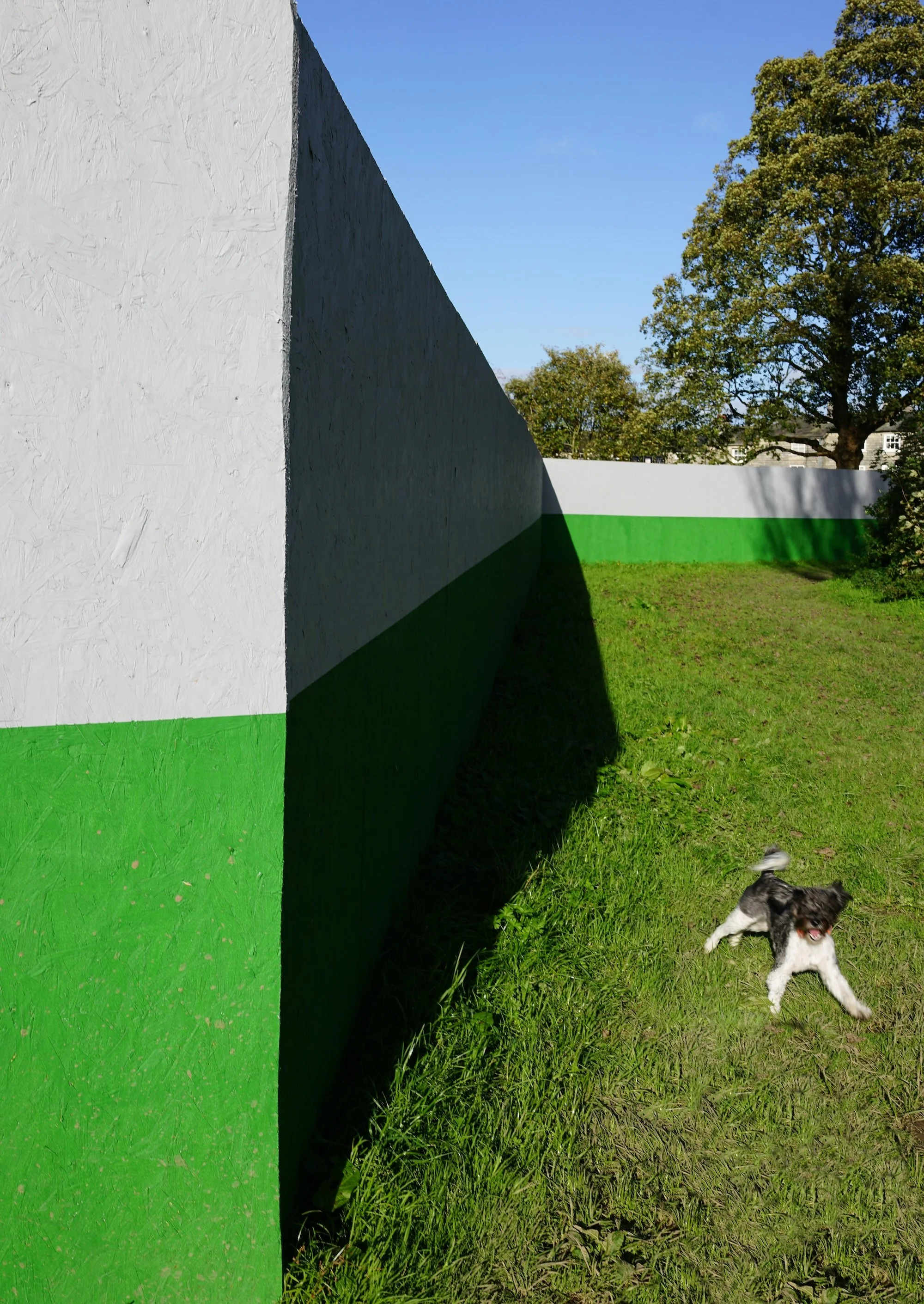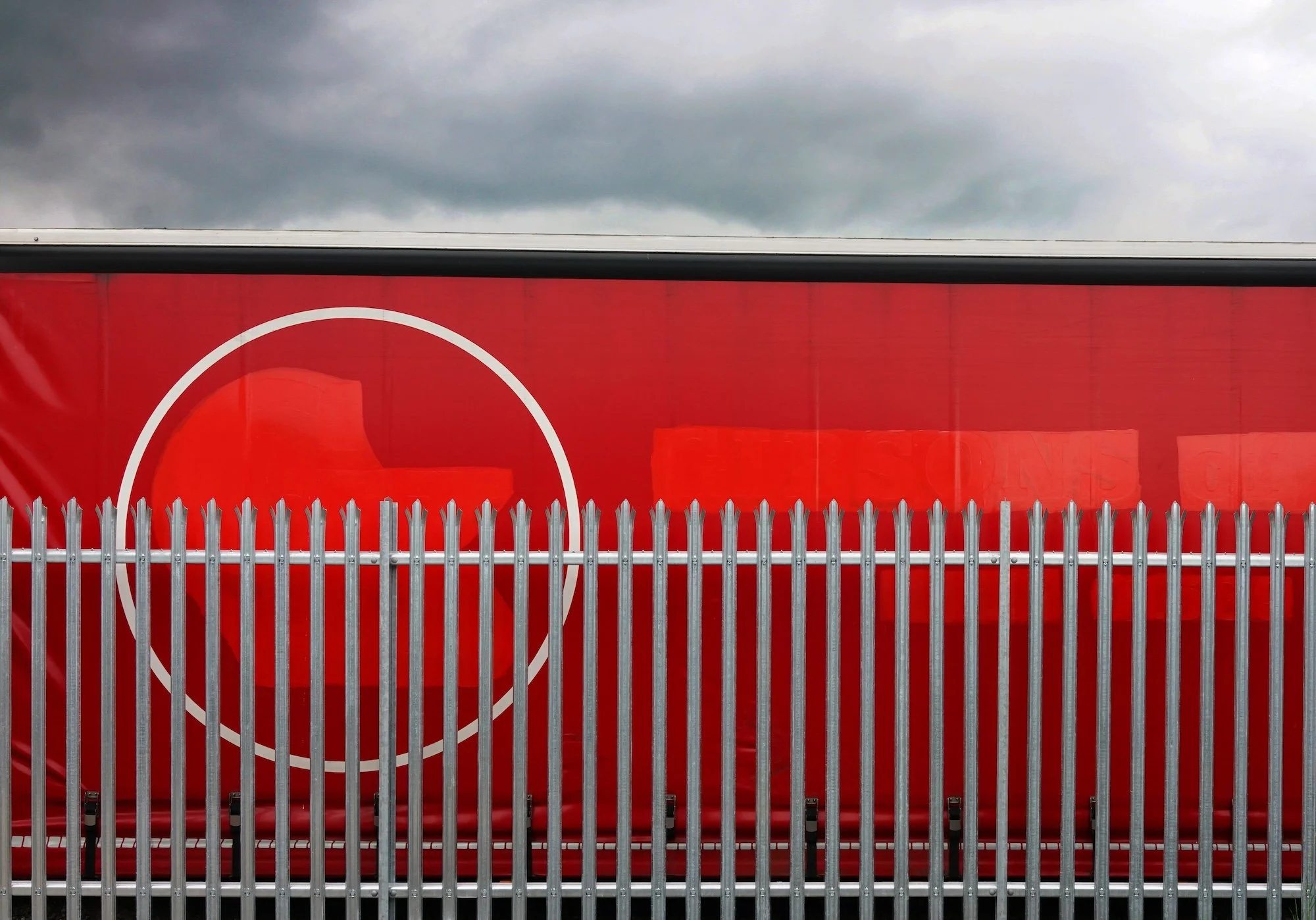WOOL IS MY BREAD
During the depths of winter, it takes little imagination to agree with the age old description of Kendal as being an ‘Auld Grey Town’.
More especially when the incessant rain pours almost daily out of a drab and dismal Atlantic sky, and a semi opaque veil appears to form
across the local dull grey limestone, from which the majority of it’s houses are built. On the other hand, on fine summer days in the
‘Gateway to the Lakes’, as Kendal is also known, the town fairly dazzles when it’s quaint architecture and charming riverside promenades
are lit by radiant sunlight. Sadly, it has to be said, that fine summer days are a bit thin on the ground in South Cumbria. Therefore one
would be hard pressed to call Kendal anything other than an ‘old grey town’.
I have been an inhabitant of this ‘old grey town’ for the best part of twenty years now, and so you could say that I have been here long
enough to call it my home. Consequently, these last two decades have given me plenty of time to become accustomed to it’s layout, as
well as many of the town’s idiosyncrasies and foibles. Most, but not all, of the towns well trodden paths have been explored, and
thousands of images have been recorded along the way. I make a point of always having my camera on hand, no matter how familiar or
routine my walk about town has become. In consequence it could be said that I have become an urban “flaneur”. Around a dozen or so
years ago I came to the conclusion that this familiar world adjoining my doorstep would be a good place to start a long term photographic
project. Historically, for around three hundred years until the mid seventeen hundreds, Kendal’s main source of income came from the
manufacture of woollen textiles. More especially a coarse green one known as ‘Kendal Green’ - allegedly worn by the famous bowmen of
Agincourt - hence the town’s Latin motto ‘Pannus Mihi Panis’ or ‘Wool Is My Bread’. Whilst in more recent times footwear manufacture
was a prominent source of revenue.
Nowadays not a lot survives of this once thriving textile industry, or for that matter the shoe trade, and the town is more likely to be
associated with Kendal Mint Cake and the more obvious charms of the Lake District with it’s inherent booming tourist industry. Besides
these however, all sorts of smaller industries, businesses and services make up the economic back drop. Life and work carries on
regardless of its historic roots and today these have now become the ‘Wool’ that makes the ‘Bread’ that feeds the town. ‘Wool Is My
Bread’ then, seemed to be a suitable and logical title for the huge collection of images of the town that I have seen and created.
Being the ‘Gateway to the Lake District’, I guess that most peoples vision of Kendal would be similar to that found on such items as
calendars, postcards, guidebooks and chocolate boxes. These pictures tend to be a formalised vision of what the area should look like.
For those who crave this outlook, the soft centred images found on and in these ‘chocolate boxes’ may well indeed provide a sugary kick.
But for me, they just contain empty calories with little or no substance or sustenance in their compositions to satisfy my creative appetite.
I like to get to the core of a subject by stripping away the layers that conceal the true picture. This is where the essential nutrients are
stored, and subconsciously for me, this is the place where other pathways lead off into different unimagined directions.
So, this collection of images represents a personal view of a place that I have become increasingly familiar with and fond of. This is a
record of how I see things. This is a story about the unremarkable corners, crevices and thoroughfares of Kendal that are all to often
travelled along, vaguely looked at, but rarely seen. This is the story of the mundane, the unremarkable, the seedy trappings and leftovers
of industry, commerce and human occupation. It is a visual description of every day life in Kendal that wanders incidentally and randomly
into my view. The images range from almost abstract to ironic, to strangely comical and even a mixture of all three. I believe that beauty
and prettiness should never be confused. The majority of these images are definitely not pretty and much like other places, there are
parts of Kendal town that would not win any awards for aesthetics, but in my eyes at least, they do have a certain beauty. I want images
that aren’t immediately comprehensible. I want the viewer to stop and look, and then question what they are looking at. For the most part
my images contradict the notion of an ‘Old Grey Town’. Even on a comparatively grey day the captured colours collude with the content
to provide stimulus and expression - what’s more important for me is that they strive to tell the truth.
1 - Follow your feet
2
3
4
5
6
7
8 - Blue Veil
9 - Red Door
10 - Get The Look
11
12
13
14 - No Entry
15
16 - Going To The Dogs
17
18
19
20
21
22 - Colour Bar
23
24 - Shopping List
25 - Lissen To The People
26
27
28
29
30 - Gooseholme
31
32 - The Eyes Have It
33
34 - Green Grocery
35 - Going Home
36 - No Ball Games
37 - No Parking
38 - All A Bit Pedestrian
39
40 - Flood Risk Man
41
42 - Keep Your Distance
43
44
45
46 - Loitering With Intent
47
48
49
50
51
52
53
54
55
56
57
58
59
60
61
62
63
64
65
66
67
68
69
70
71
72
73
74
75
76
77
78
79
80
81
82
83
84
85
86
87
88
89
90
91
92
93
94
95
96
97
98
99
100
101
102
103
104
104
106
107
108
109
110
111 - Wool Is My Bread
